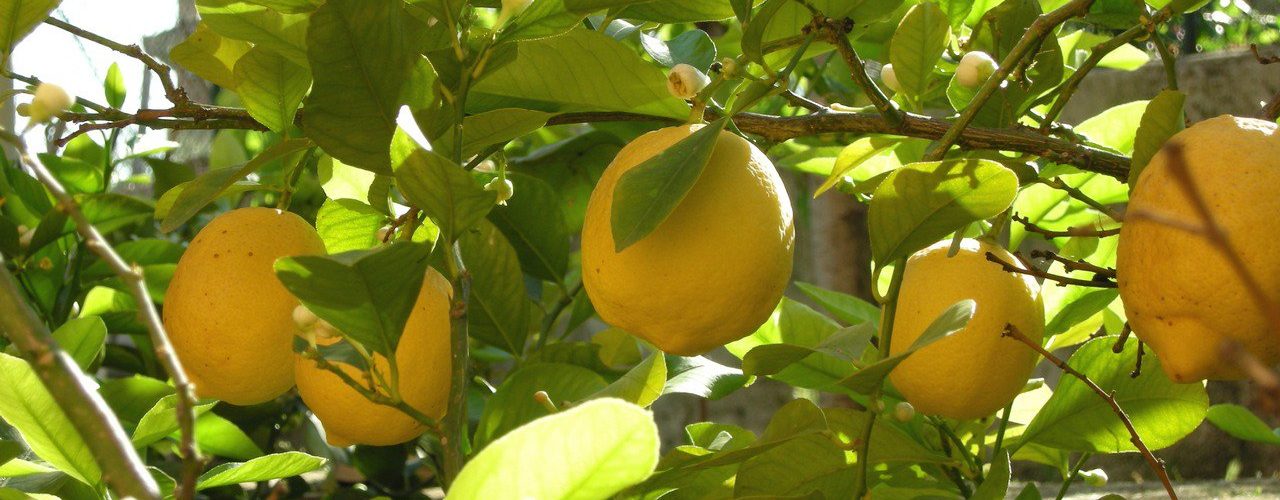Traditionally, any type of citrus tree, including lemon, should be planted in the early spring season to avoid potential damage from frost. Depending on the climatic trends of a particular locale, this window may be a bit earlier of later in the season. Planting a lemon tree begins with selecting a suitable location that affords maximum sunshine, and is in proximity to a watering system. Once the location has been established the next step is an excavation to receive the tree. The size of this excavation will be in proportion to the size of the tree that’s being planted.
The excavation must be wide enough to allow compaction of a composite soil at the root ball on all sides and underneath as well. A minimum of 12″ in all directions is the best, since this affords ample room for a thorough compaction. In the event the selected lemon tree has a substantial root system, the actual planting should be done early in the day, or late in the afternoon to avoid unnecessary exposure to sunlight. The ground area should be moist, not simply wet, and the composition soil mixture should be at hand when the planting takes place.
Further, the tree that is selected should not be watered prior to planting, since this will limit the root activity once the tree is in the ground. A healthy tree in a semi dry, potted soil is optimum for planting success.Composition soil is best when it is comprised of local, clean soil mixed with a soil amendment that has low fertilizer content. Transplanted fruit and citrus trees do not respond well to heavy fertilization and seldom require additives to take root and grow at a normal rate.
Place 12” of soil mixture in the bottom of the hole and set the potted or boxed lemon tree next to the excavation. The base of the tee should be slightly above ground level at this point. Removing a nursery pot can be done using utility cutters or a box knife to make vertical cuts through the side of the pot. Next, peel back the sections of the pot until the tree can be easily lifted into the excavation. Hold the tree in place and begin to fill the excavation with composition soil mixture, approximate 3” at a time. Use a blunt, wooden pole to compact the soil, making certain the root ball is secure, but not damaged.
Continue to add soil mixture in 3″ increments, compacting each time. When the excavation is topped off and compacted, scarf a watering moat, about 6″ from the base of the tree and fill this with water. Wait until the water has completely penetrated the area and check the tree for stability. The lemon tree should be firm in the excavation. If this is not the case, more compaction will be necessary.
Finally, water just enough to fully penetrate the excavation, and this can be done by estimating the rate of absorption or with the aid of a moisture meter. Allow the excavation to completely dry before watering again. In a semi arid climate, with moderate temperatures, this will usually be 2 to 3 days before the tree will need watering. Maintain this watering schedule until the the warmer season arrives.
For larger boxed trees, the planting procedure will be the same, with the exception of removing the box and placing the lemon tree in the excavation. This may require the use of a forklift or skip loader to lift the tree and place it in the hole. A stout length of soft rope should be used to strap and lift the tree, and compaction may be done using a hand compactor. The watering schedule will remain the same as with a smaller tree.



